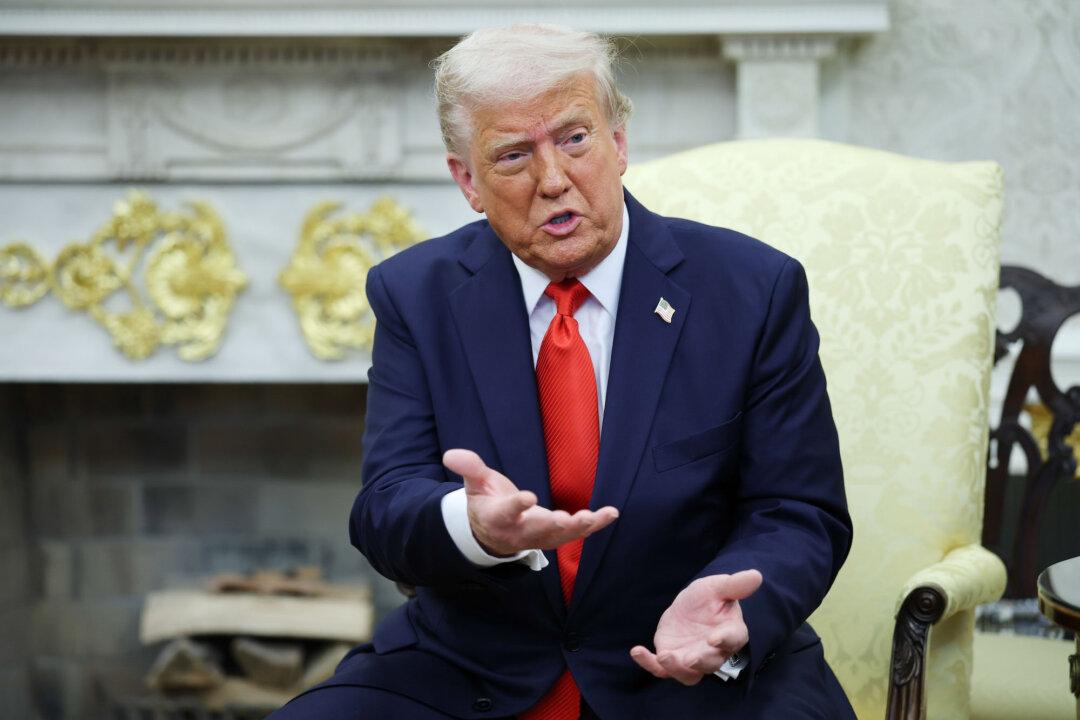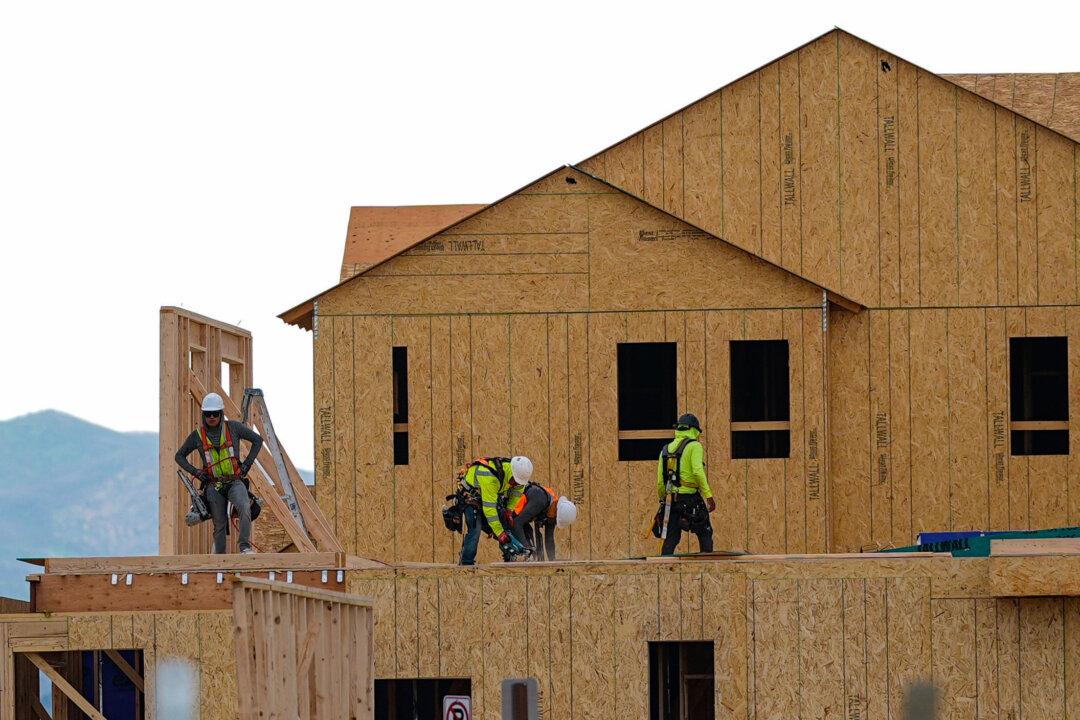American households’ optimism about their future financial situation about a year into President-elect Donald Trump’s second term has surged to the highest level in more than four years, a new Federal Reserve survey shows, with the notable rise coming despite an uptick in labor market uncertainty and inflation expectations across all time horizons.
Meanwhile, the University of Michigan’s consumer sentiment gauge jumped to a seven-month high, driven by a 21.6 percent surge in the current economic conditions index.
Despite the brighter outlook on finances, households remain cautious about the persistence of inflationary pressures, the New York Fed survey showed. Inflation expectations ticked up by 0.1 percentage points across all time horizons, the survey showed. Median one-year inflation expectations rose to 3 percent, while three-year and five-year expectations increased to 2.6 percent and 2.9 percent, respectively.
Inflation uncertainty also rose, with respondents expressing greater disagreement over future outcomes. The survey noted that inflation expectations among non-college-educated respondents fell across one- and three-year ahead time horizons.
While financial optimism surged, the Fed survey revealed signs of unease in the labor market. The mean probability of the U.S. unemployment rate being higher a year from now rose by 0.5 percentage points to 35 percent, reflecting increased uncertainty. Additionally, the perceived probability of finding a new job in the event of losing a current position declined significantly to 54.1 percent, a 1.9 percentage-point drop.
The survey also showed a slight 0.5 percentage point increase in the perceived likelihood of losing one’s job, rising to 13.5 percent. At the same time, the mean probability of leaving one’s job voluntarily in the year ahead fell by 0.3 percentage points to 20.2 percent.
The Fed survey’s picture of increased economic optimism paired with caution about the inflationary and labor market outlook is consistent with other recent reports.
“The business mood has brightened in November, with confidence about the year ahead hitting a two-and-a-half year high,” Chris Williamson, chief business economist at S&P Global Market Intelligence, said in a statement. “The prospect of lower interest rates and a more pro-business approach from the incoming administration has fueled greater optimism, in turn helping drive output and order book inflows higher in November.”







